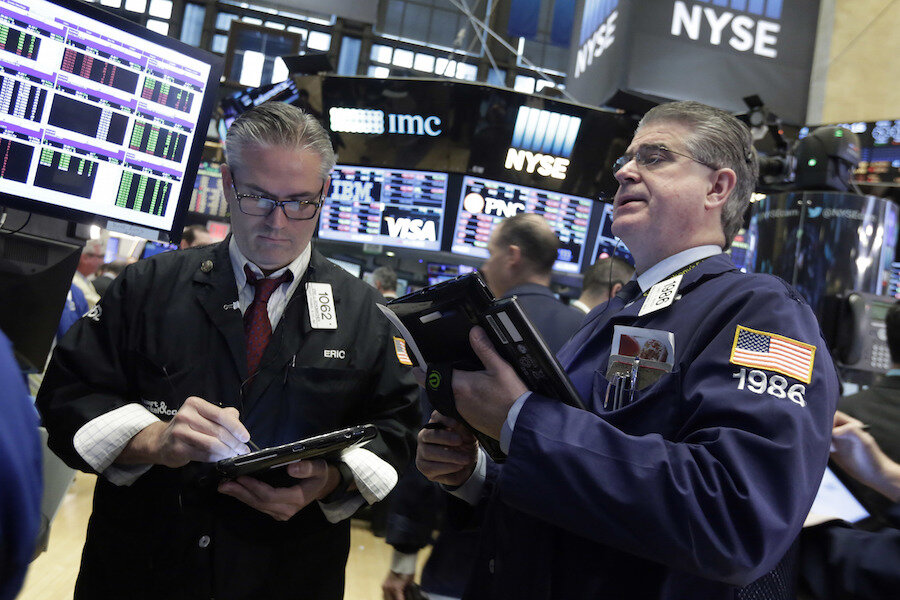How this bull market made it seven years
Loading...
The bull market enters its eighth year, surrounded by the same uncertainty and doubts that have accompanied its seven-year run.
The S&P 500 was poised to open higher Wednesday, after closing lower Tuesday, in fidgety trading. The S&P has made a fast 10 percent move off the February bottom and ended Tuesday at 1,979, a level that is more than 190 percent off the bottom of 676 it reached on March 9, 2009.
"It seems like the primary premise of this bull market throughout is one of a chronic 'the world is going to end tomorrow psychology' and you know there is still a lot of that attitude out there seven years later," said James Paulsen, chief investment strategist at Wells Capital Management. "It's the most surprising bull only in so far as every day that it continues people thought it would have been over by now. It's still kind of that way."
Paulsen said there has been a long list of would-be bull killers, including the fiscal cliff, expectations of major bank failures and devastating municipal defaults, the European debt crisis, Grexit, and now China, oil and Brexit.
"Every day it lasts is another day the Armageddonists didn't win. It's been nothing but an Armageddon bull beating the odds every day," he said.
But the short-term question now is whether the bull is pausing to refresh or is the winter rout about to continue. Scott Redler, partner at T3Live.com, follows short-term technicals and he was cautious about the market's extremely overbought conditions at the end of last week. "The question now is where do we hold. So far this pullback isn't bad. It's been very controlled and very necessary," he said.
Ari Wald, technical analyst at Oppenheimer, said he sees trouble on the horizon for the market but it could have a better time in the second half of the year.
"We might not have been in this bull market since May of last year. It might have ended, but having said that, by the time you realize you're not in it anymore, it's almost time for the new bull," he said. "We've been recommending clients take profits after this rally. We had been expecting countertrend strength."
Wald said he hasn't seen signs that the market can sustain its gains. "We're calling it a cyclical correction in a secular bull market," he said. Wald said he prefers tech and consumer staples, and does not like energy and commodities-related names.
"Once we see how this final leg ultimately plays out we can make the case for what the next leg looks like," he said. Wald is watching the 200-day moving average, now 2,021. "If we fail the 200 day, there's a risk we could fall to a lower low down to 1,740."
The market could also be setting up for a "sell in May" correction. "March and April seasonally are a strong time of year for the S&P 500. Maybe we chop around here, get higher and then the 'sell in May' stats come out," Wald said.
Paulsen said when the S&P 500 fell to 1,800 in early February, the market was expecting that the U.S. was entering a recession. "Now we've gotten definitive proof we're not. I think the real next catalyst to me is that the international data starts to improve a bit," he said.
He said it could be inflation fears that take the market down later in the year, as commodities and oil are firming. "I think we have another period of sell-off later in the year from high levels that takes us back to flat for the year. This is the Armageddon bull after all, " he said.
Data for Wednesday includes wholesale trade at 10 a.m. ET, and U.S. government oil inventories at 10:30 a.m. The Treasury holds a 10-year note auction at 1 p.m.ET.








